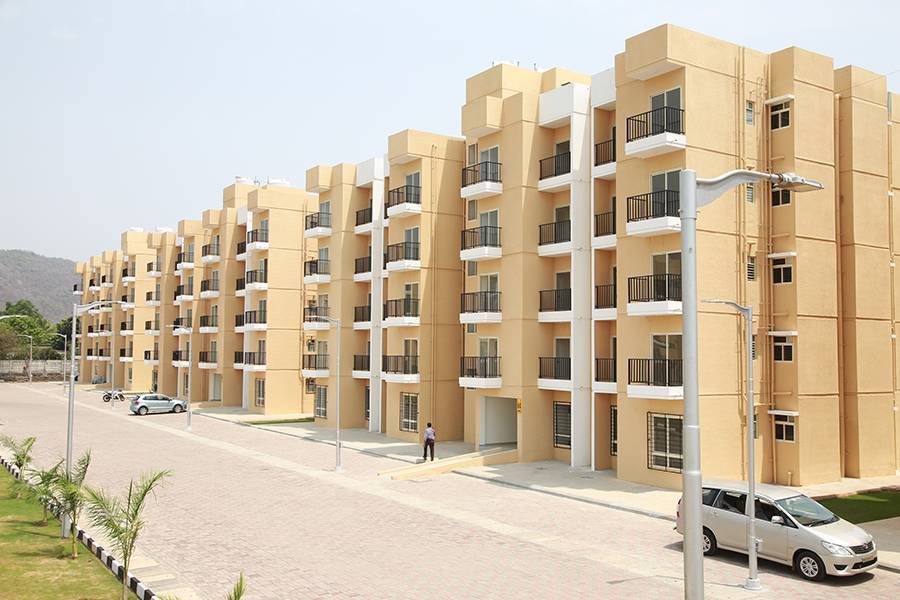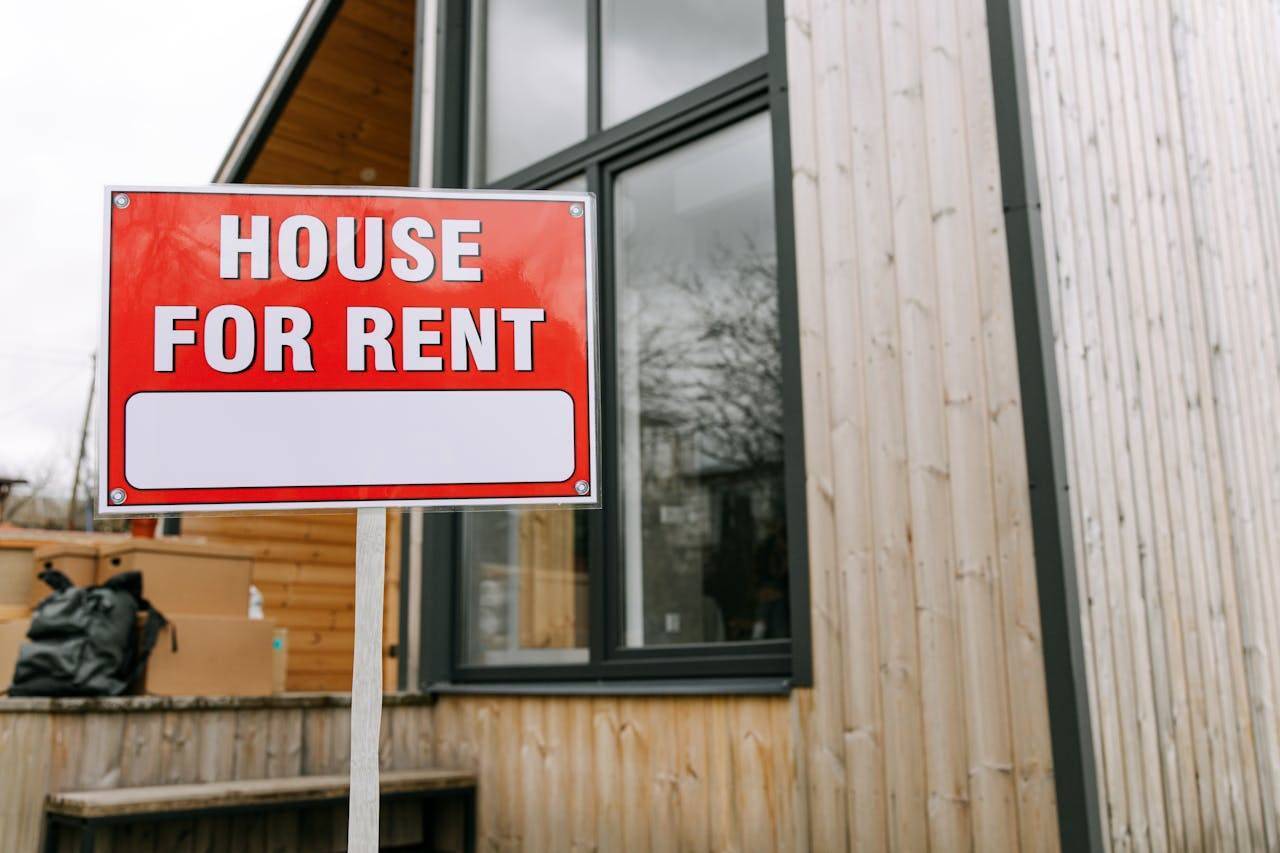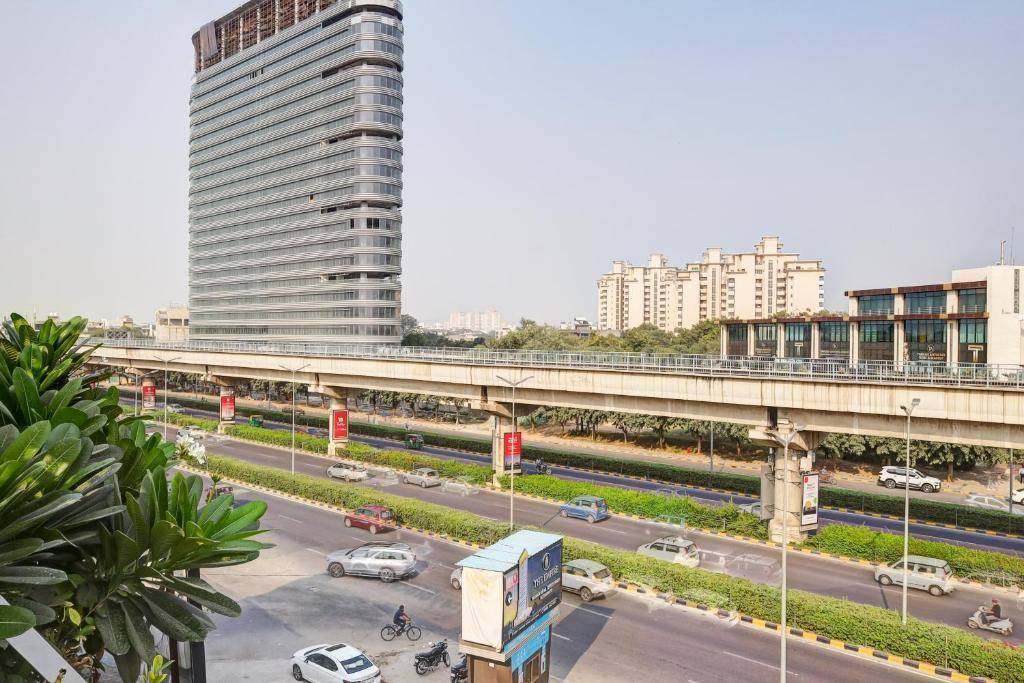The supply of new affordable homes priced up to ₹60 lakh has witnessed a significant decline of 38 percent across the top eight cities in India during the first quarter of 2024, according to real estate data analytics firm PropEquity. The firm attributes this sharp decline primarily to the escalating costs of land and construction, which have rendered affordable housing projects increasingly unprofitable for developers.
During January-March 2024, only 33,420 units priced under ₹60 lakh were launched across major cities such as Delhi-NCR, Mumbai Metropolitan Region (MMR), Bengaluru, Hyderabad, Chennai, Kolkata, Pune, and Ahmedabad. This is a steep drop from the 53,818 units launched in the same period last year. PropEquity’s data highlights a continued trend of declining supply in this segment, following a 20 percent fall in 2023 when only 1,79,103 affordable units were introduced compared to 2,24,141 units in 2022.
Escalating Costs and Changing Developer Focus
Several factors are contributing to this decline, including rising real estate prices and increasing construction costs, which are making affordable housing projects less profitable for developers.
The trend has sparked concern among industry stakeholders, including Nitin Gupta, Secretary of CREDAI NCR, Bhiwadi-Neemrana, who emphasized the necessity of prioritizing affordable housing to make homeownership attainable for lower and middle-income individuals. He pointed out the insufficient supply of affordable homes in major NCR cities like Noida, Gurgaon, and Delhi, although he noted that developers in many tier II and III cities, such as Bhiwadi, are still launching affordable housing projects.
City-Specific Declines
The PropEquity report provides a detailed breakdown of the decline in new affordable housing supply across different cities. In MMR, the supply fell to 15,202 units during January-March 2024 from 22,642 units in the same period last year. Pune saw a more dramatic decline with the number of new units dropping to 6,836 from 12,538.
Other notable declines include:
- Ahmedabad: New supply decreased to 5,504 units from 5,971.
- Hyderabad: New supply fell to 2,116 units from 2,319.
- Chennai: New supply plummeted to 501 units from 3,862.
- Bengaluru: New supply dropped significantly to 657 units from 3,701.
- Kolkata: New supply declined to 2,204 units from 2,747.
Interestingly, Delhi-NCR bucked the trend with a slight increase in the new supply of affordable homes, rising to 400 units in January-March 2024 from just 38 units in the same period last year. However, this increase is relatively minor in the broader context of declining supply across other major cities.
Redefining Affordable Housing
Jasuja also highlighted the need to redefine what constitutes affordable housing, given the rising property prices across cities. He suggested that properties up to ₹60 lakh or units with an area of up to 60 square meters should be termed as affordable units to better reflect current market realities.
This redefinition is crucial as it could influence policy decisions and incentives aimed at boosting the supply of affordable housing. It also underscores the growing challenge of maintaining affordability in a rapidly appreciating real estate market.
Looking Ahead
The decline in the supply of affordable housing is a concerning trend for the Indian real estate market, particularly for lower and middle-income families aspiring to own homes. The rising costs of land and construction, coupled with a shift in developer focus towards higher-margin luxury segments, pose significant challenges to the availability of affordable housing.
Industry stakeholders and policymakers will need to address these issues to ensure that the dream of homeownership remains within reach for a broader segment of the population. This may involve reevaluating definitions of affordability, offering targeted incentives to developers, and implementing measures to control escalating costs.
As the market continues to evolve, close monitoring and strategic interventions will be essential to balance the supply-demand dynamics and sustain the growth of the affordable housing sector in India.









.png)